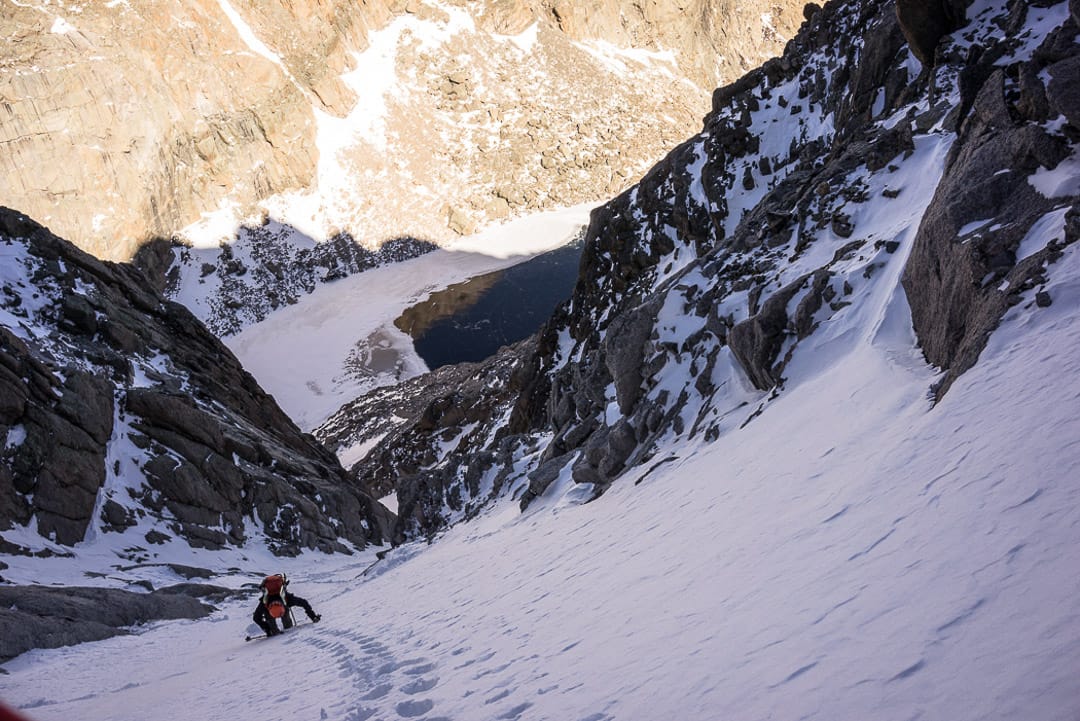Determining when a slope is in sun or shade is important for spring planning. With this in mind, Shademap.app is an excellent tool.
We’re somewhat certain where we want to go with this—”sun and shade.” No, this is not a song by James Taylor, Joan Baez, or John Denver. (Ask your parents.) With the time change pivot over the weekend, some of us who’d rather keep the bike in the garage and dream of sunshine on our shoulders as spring skiing inches closer. A time when sun and shade become more important.
In spring, when many are objective skiing, sun, shade, and, in particular, a knowledge of how much sun and shade a location receives are key data points for planning. Too much early sun, or sun exposure throughout the day, can create unideal snow conditions. An ascent line getting early sun might expose the team to objective hazards like ice, rockfall, or wet slides.
Often, we seek firm shaded slopes as they can be more efficient to ascend if one is comfortable with the sharps: crampons, axe/axes, and ski crampons.
As backcountry tourers, we are concerned about the descent, too.
Corn snow—that creamy skiff of sun-softened snow laid over a supportable base—is preferable. For corn connoisseurs, just the right amount of sun transforms an otherwise crusty and too-firm slope into an approachable and big fun factor line. It’s a balance. Too much sun and the desired descent may be mashed potatoes. Conversely, as shade encroaches again later in the day, a line will likely experience a refreeze.
It’s also handy to know when a potential camping spot receives a first kiss of the sun in the morning and how much direct sun it may receive (we’re thinking cloudless skies) during the day, before sunset. Campsites matter.
We could go on, and we will for one more sentence. Sun exposure may also indicate how fast a slope, ridge, or snow bridge (glaciated terrain, anyone) may melt out.
In short, timing becomes everything. Knowing a slope’s sun exposure is a trip planning assist. But, also know that wind speed and direction, and snow albedo will impact how fast/slow snow softens, too.






Leave a Reply
You must be logged in to post a comment.